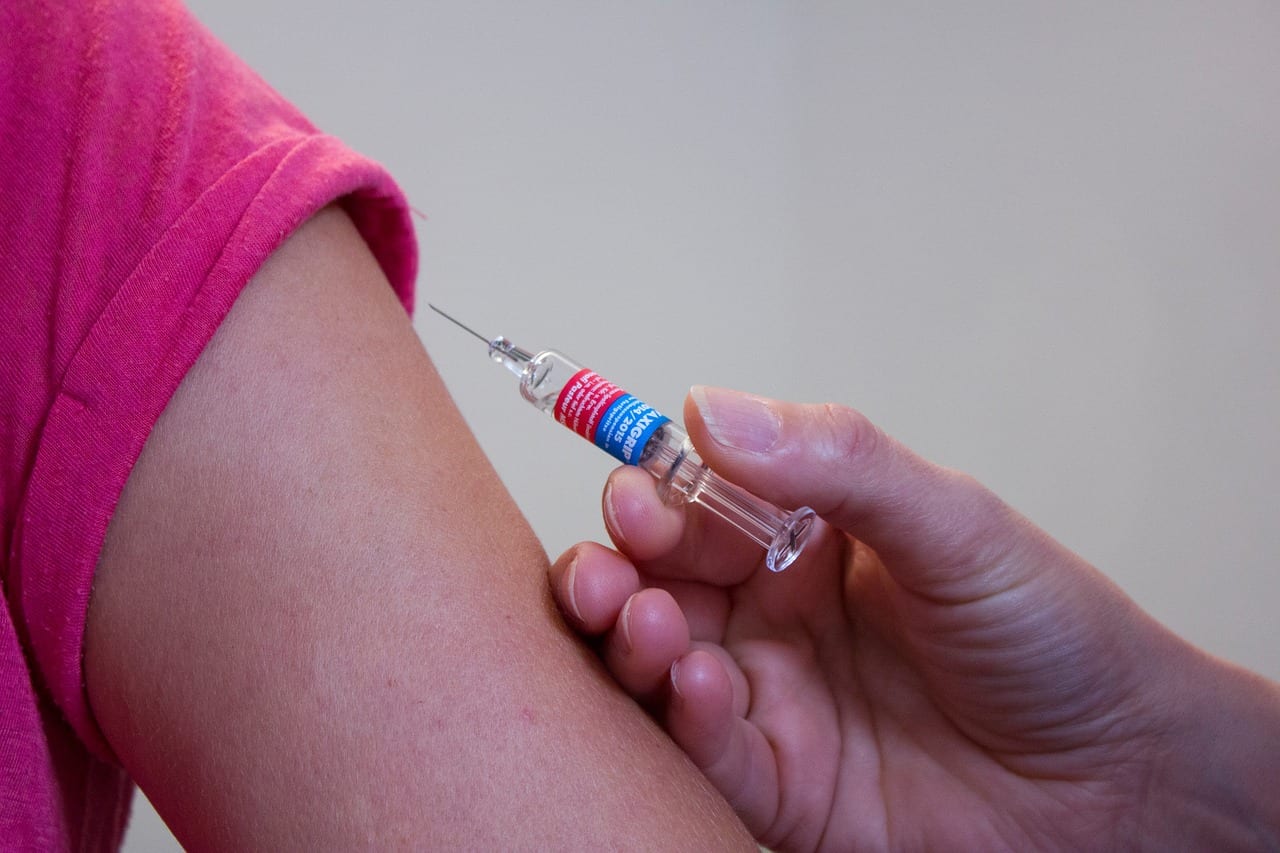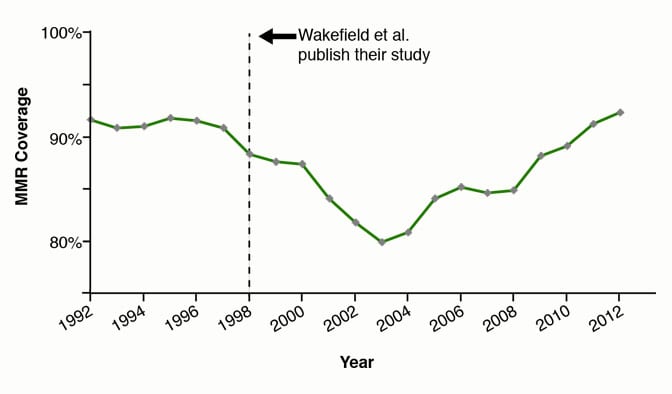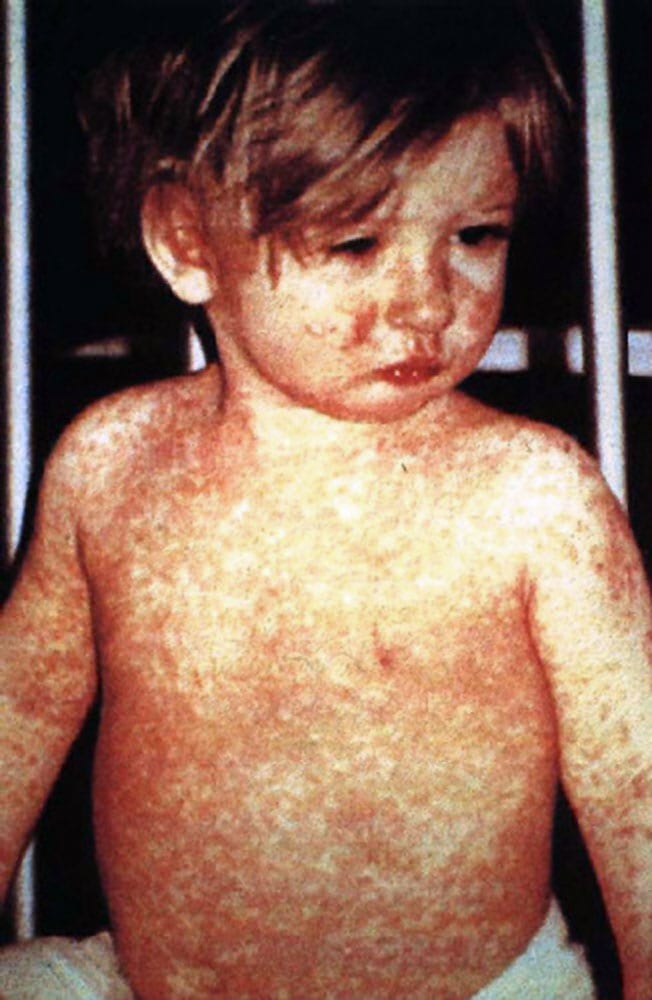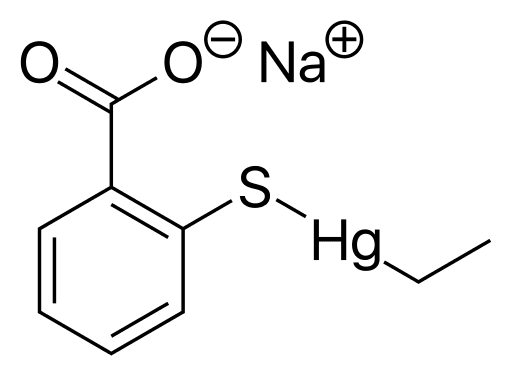Trending Now
Every once in a while, a myth enters the public sphere that is not just incorrect, but actually dangerous. The fallacy that vaccines are in some way associated with the onset of autism is one of the single most harmful misconceptions currently floating around. And I don’t mean harmful in a metaphorical way – people who believe that vaccines cause autism, and the societies that allow these people to refrain from vaccinating their kids, are directly responsible for thousands of illnesses in the United States and abroad since the myth first arose in 1998.

Photo Credit: Pixabay
Unlike a lot of erroneous information that over time ended up calcifying into popular wisdom, we know exactly where the idea that vaccines cause autism comes from. This is a story of how one small man’s greed and artifice rolled back a settled science for a whole generation, and cost people their lives.

Ex-doctor Andrew Wakefield
Photo Credit: Vimeo, Natural News
In 1998, a British doctor named Andrew Wakefield co-authored a paper in the very old and prestigious medical journal The Lancet that pointed to a link between the MMR vaccine (measles, mumps, and rubella) and autism. The paper, which had obvious scientific flaws even before the more scandalous falsifications were discovered, was eventually retracted by all 12 co-authors as well as the journal itself, while Wakefield was stripped of his medical license for his deceptions and ethical lapses. Everyone involved with the 1998 paper is repentant, except one: Andrew Wakefield.
Lets begin at the beginning. Andrew Wakefield was a relatively well-known researcher in the medical field of gastroenterology at the Royal Free Hospital in London when he coauthored the now infamous paper. It is possible he could have escaped the controversy that followed, the paper left simply to be a footnote in history, if Wakefield hadn’t also decided to announce his findings in a televised press conference and interview.

The infamous press conference
Photo Credit: BMJ
The link he believed he discovered is a little more complicated than straight a-to-b, vaccine-to-autism. At the press conference, he explained the the MMR vaccine was too much for a small child’s immune system to handle. The measles virus, he said, would be able to enter a child’s intestines and cause inflammation. The inflammation, in turn, would release certain proteins into the child’s bloodstream, which could make it into the child’s brain, harming their cognitive development and leading to autism.

Photo Credit: Pixabay
It all sounds very science-y, doesn’t it? It certainly did to the British public. Wakefield’s press conference set off a firestorm of public opinion, and Britain’s vaccination levels, which were at 91% before the conference, plummeted to 80% nationally by 2004 (lower in many places).

Photo Credit: PBS/Tangle Bank Studios
Here is where it gets dangerous: in order for a society to really eradicate an illness, there need to be enough people who are immune. This is called ‘herd immunity‘. You can either be immunized by exposure (like when a kid gets the chicken pox) or by vaccination. If enough people are immune, then the disease is unable to spread – but if too few are immune, then large outbreaks can, and likely will, occur. For measles, 92-95% of the population has to be immune to eradicate the disease. For rubella, the level is somewhat lower, 83-86%, and for mumps it’s lower still, 75-86%.
By 2004, Britain was again vulnerable to diseases that had previously all but disappeared – and the United States soon followed suit.

A child with a 4-day-old measles rash. It really is a horrible disease
Photo Credit: Public Domain
Also by 2004: the first of many studies that showed there was no apparent link between vaccines and autism was published by The Archives of Pediatrics and Adolescent Medicine. And soon after, major improprieties surrounding Wakefield’s original study came to light.
An extensive investigation into the study’s methods and data by British journalist Brian Deer revealed that the 1998 study, which followed only 12 children (a pitifully small sample size), had significant financial backing from lawyers that were actively searching for a link between the MMR vaccine and autism, in order to prepare to file lucrative lawsuits – in fact, Wakefield was on a lawyer’s payroll two years before the study was published, and he personally was paid over half a million dollars. The lawsuit was building to a further aim: Wakefield, in establishing a scientific link between the MMR vaccine and autism, was laying the groundwork for the launch of a competing, measles-only vaccine – one in which he had a financial stake.

Photo Credit: Pixabay
Aside from the financial issues, Deer’s investigation showed that Wakefield had actively misrepresented his findings, altering the data to fit his aims and lying to the parents of the participating children. Wakefield had also written about the vaccine/autism connection in a separate grant application in 1996 – before the study had been performed. Additionally, a number of the children in the study had symptoms of autism that predated their MMR vaccines.

Photo Credit: Pixabay/DYK?
…and it continues. Honestly, Wakefield’s ethical lapses – which were so broad that they clearly had to have been intentional – were staggering, and it’s worth reading more of Brian Deer’s reporting just to understand their true scope.
All this to say that the connection Wakefield still defends today has been utterly demolished by 20 years of scientific research orders of magnitude more rigorous than any Wakefield ever put forth in his defense. In fact, though Wakefield did publish a second study in 2002 that supported the original, it too was found to have serious flaws. His original research results were never reliably reproduced by anyone.
The Lancet took until 2010 to retract the original 1998 study, but it has now been officially stricken from the scientific record.
However, the myth that vaccination can lead to autism still persists – and it leads to illnesses and deaths. Though the original target was the MMR vaccine, the claim spread to include a specific ingredient in vaccines, thimerosal, used as a preservative. The outcry led to its being removed from childhood vaccines in 2001. This is another example of junk science: Thimerosal is a molecule that contains some mercury atoms – and since mercury is a neurotoxin, that sounds scary. Until, that is, you remember that table salt, chemical compound NaCl, is made up of half sodium, which explodes violently in water, and half chlorine, which is a toxic gas so potent that it is outlawed in multiple multinational treaties.

Oh look, there’s some sodium in thimerosal, too, but no one’s worried it’s gonna explode…
Photo Credit: Public Domain
Many years of research have concluded that there is no link between thimerosal and autism.
But even though study after study has shown that serious side effects from vaccines are rare, and that autism is not one of those side effects, people across the Western world have latched onto Wakefield’s study. Celebrities pitch anti-vaccination orthodoxy on television, and many people who grew up hearing about how dangerous vaccines are have refrained from inoculating their children – from all sorts of diseases, not just the MMR. Every year, thousands of children under the age of 5 sicken from the influenza in the United States, and hundreds die. Horribly, up to 85% of those children did not get the widely available vaccine.
If there is another man who caused such widespread harm by propagating patently false junk science in return for profit, I don’t know who it is.
To reiterate: Vaccines do not cause autism. Vaccinate your kids.






